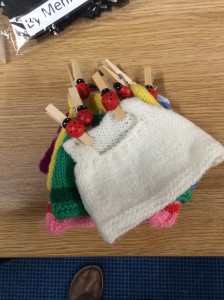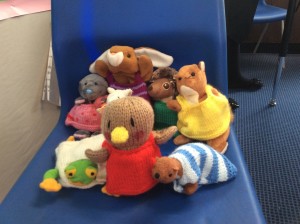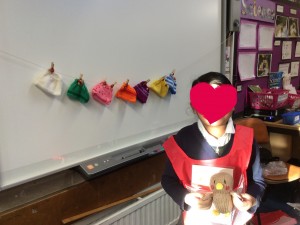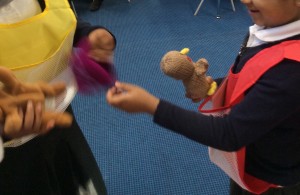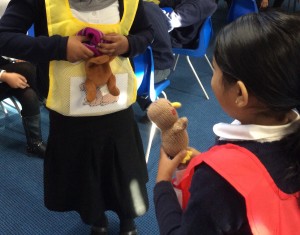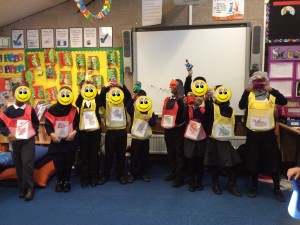 With 2015 just a few hours away, and having met a (running) goal I set myself in September this afternoon, I thought I’d set myself some goals for the coming year. Equally, I had in mind to contribute to/’join in’ with two initiatives designed to encourage those in education – #nurture1415 and #teacher5aday.
With 2015 just a few hours away, and having met a (running) goal I set myself in September this afternoon, I thought I’d set myself some goals for the coming year. Equally, I had in mind to contribute to/’join in’ with two initiatives designed to encourage those in education – #nurture1415 and #teacher5aday.
2014 has been a year of readjusting to life in England. There have been frustrations such as breaking my ankle in April just as I was fully recovered from having broken my foot six months previously, and a turbulent time at school for a variety of reasons. However, those frustrations have had positive outcomes too: for example, I did take it easy as instructed and learned that it really is possible for me to sit for longer than 10 minutes.
Workwise, I’ve established Spanish at a new school, taken back the reins of Spanish at another and continued to work as Lisibo Ltd, speaking in Southampton, London, York, Solihull, Nottingham and Stafford, writing articles for TES Connect, ALL, Primary Teacher Update and Rising Stars, and consulting on projects with Osiris, Rising Stars, the BBC and a new app that came out this week called Pacca Alpaca.
Personally, I’ve got back to running. Twice! I’ve enjoyed singing with worship group at church and loved being part of the Cabaret once more, even managing to sing a solo early this month. And I’ve enjoyed concerts with Jude and his trumpet.
So here are my thoughts on the coming year, using the 5 John Muir Framework hashtags.
#connect – I’m aiming to be more confident to share my ideas with other staff at school. I think some wonder what happens in my lessons, and others don’t really mind as long as they don’t have to teach their Spanish lessons! However, I find it easy to share what I do with people outside school, so why not with colleagues? I’m looking forward to (re)connecting with people at BETT, ILILC and Teachmeets with whom I tweet and connect virtually, and I’m also going to get a Birmingham Primary Languages Hub off the ground but not going to try and sort out the whole of the city as that’s not going to do my well being much good!
#exercise – I’m going to start enjoying running again. I haven’t stopped running and I do enjoy the adrenaline rush but the joy I felt running in Switzerland seems far away sometimes. Work gets in the way, I know, as I can’t just go for a run when I fancy, and I am more limited with less public rights of way through fields etc here. However, I’m going to make a conscious effort to go for quality not quantity: no attempt on 1000 miles this year (but if it happens, so that’d be nice!) And then to …
#notice – I’m also going to worry less about speed and enjoy the sights and sounds as I run. Well, not all the time as that would drive me mad, but I intend to ‘seize the moment’ and pause to appreciate the view, and also to run without my headphones and music more often.
#learn – In Switzerland I learned German and even got to speak it sometimes! Since returning, I haven’t had much opportunity to practice but this year I want to keep it up, especially as my eldest is doing his GCSE. Just hope I don’t put him off with my tactic of ‘say things with confidence even if you’re not quite sure.’ I’m definitely going to keep developing my resource collection for German in primary language learning.
#volunteer – In September, I said I’d do a cross country club at one of my schools; we’re blessed with the sufficient grass around us (belonging to school and ‘shared’ with the local grammar school) to do it safely. I really enjoyed it and so did the kids that signed up. I hope to revive it once the nights get lighter and certainly in the new school year, not least because I had a waiting list of children who wanted to join in. And perhaps I’ll add an element of HIT to it too.
Most of all, I’m going to make sure that I remember that I am a mother, and that my children won’t be children forever – indeed, they are now 16 and 13. My job is important but they’re far too precious to neglect. That may mean that I’m not the perfectly prepared teacher every lesson but who is?
And I’m going to keep looking on the bright side of life and blogging my Smiles – it’s good for my mental wellbeing!

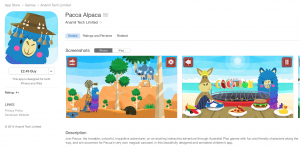

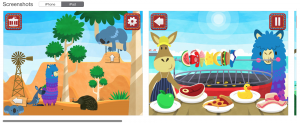
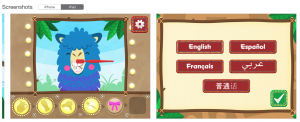


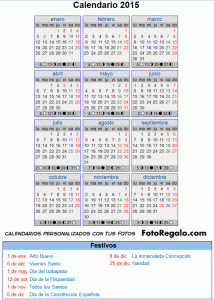
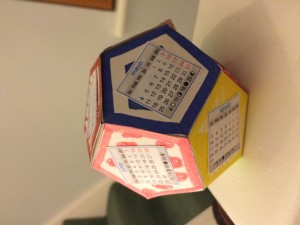
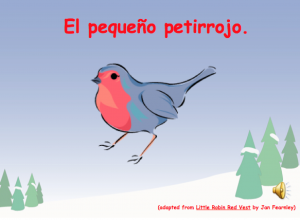
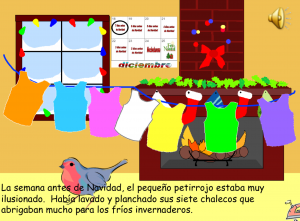 A few years after I started telling the story, I made a Powerpoint with animations and sound files. I was helped at the time by the lovely Bev Evans who shared one of her many talents by making me the coloured vests clipart. She sadly died this year so this Christmas it was particularly poignant as I opened the file and started telling the story.
A few years after I started telling the story, I made a Powerpoint with animations and sound files. I was helped at the time by the lovely Bev Evans who shared one of her many talents by making me the coloured vests clipart. She sadly died this year so this Christmas it was particularly poignant as I opened the file and started telling the story.